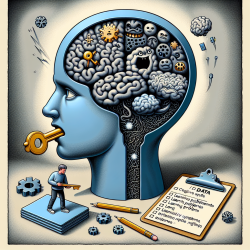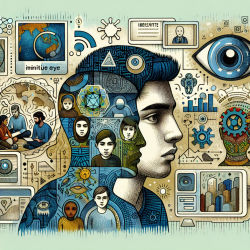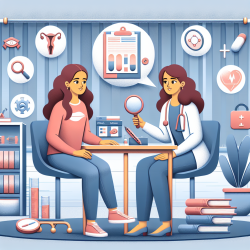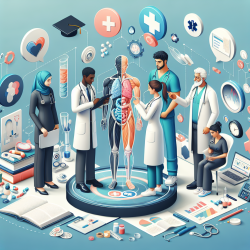Introduction
The Brunella Project, a large-scale conservation effort in Southern Tuscany, Italy, provides a fascinating case study of how paleontological discoveries can be leveraged for educational purposes. This project, centered around the discovery and preparation of a Pliocene whale skeleton, offers valuable insights into enhancing educational practices, particularly in fields like speech-language pathology where innovative approaches can lead to better outcomes for children.
Lessons from the Brunella Project
The Brunella Project's success lies in its multidisciplinary approach, combining scientific research with community engagement and education. Here are some key takeaways that can be applied to educational practices:
- Integration of Scientific Research: The project involved detailed scientific studies of the whale skeleton and its surrounding ecosystem, providing a rich source of educational content. Similarly, integrating current research into educational programs can enhance learning experiences and keep content relevant.
- Community Engagement: The project actively involved local communities, schools, and tourists, fostering a sense of ownership and interest in local heritage. Engaging communities in educational initiatives can enhance participation and support.
- Use of Technology and Social Media: Social media played a crucial role in disseminating information and attracting visitors. Utilizing digital platforms can expand the reach of educational programs and engage a broader audience.
Implications for Speech-Language Pathology
In speech-language pathology, these lessons can be translated into practice to improve educational outcomes for children:
- Data-Driven Approaches: Just as the Brunella Project relied on scientific data, speech-language pathologists can use data-driven approaches to tailor interventions to individual needs, ensuring more effective outcomes.
- Collaborative Learning: Engaging families and communities in the therapeutic process can create a supportive environment for children, similar to how community involvement enriched the Brunella Project.
- Innovative Use of Technology: Incorporating technology in therapy, such as telepractice, can enhance accessibility and engagement, much like social media expanded the project's reach.
Encouraging Further Research
The Brunella Project highlights the importance of ongoing research and education. Practitioners are encouraged to explore further research opportunities, integrating new findings into their practice to continually improve outcomes for children.
To read the original research paper, please follow this link: A Whale in a Vineyard: Palaeontological Preparation and Education During the ‘Brunella’ Project, a Large-Scale Conservation Effort Focused on a Pliocene Whale in Southern Tuscany, Italy.










